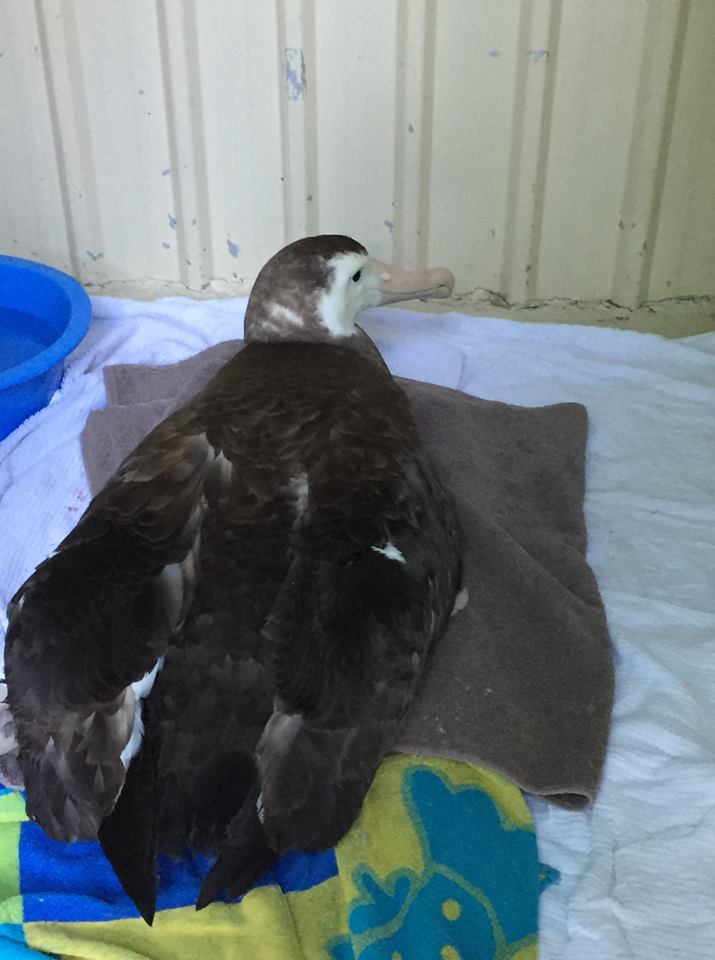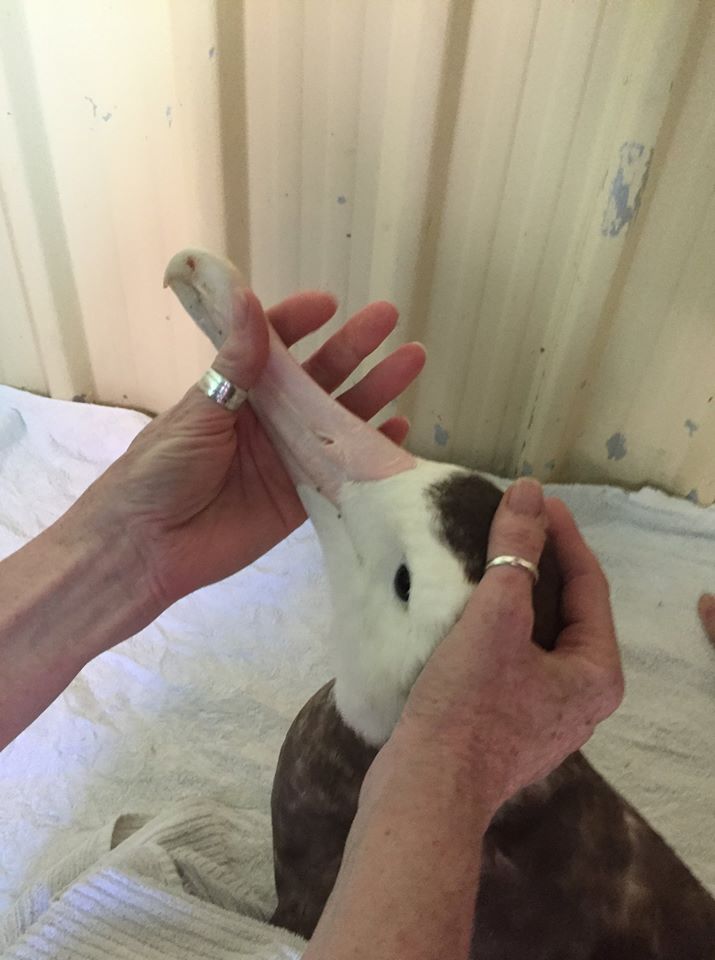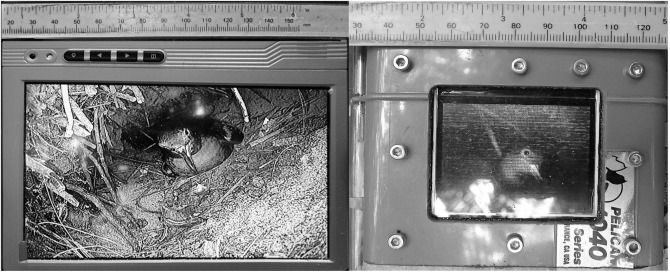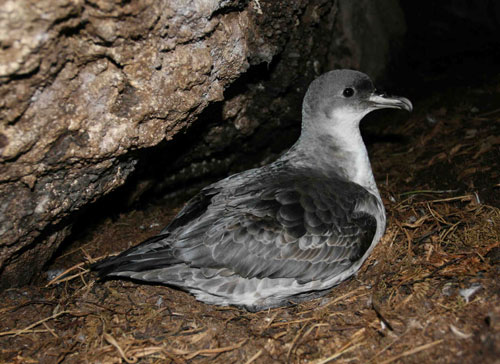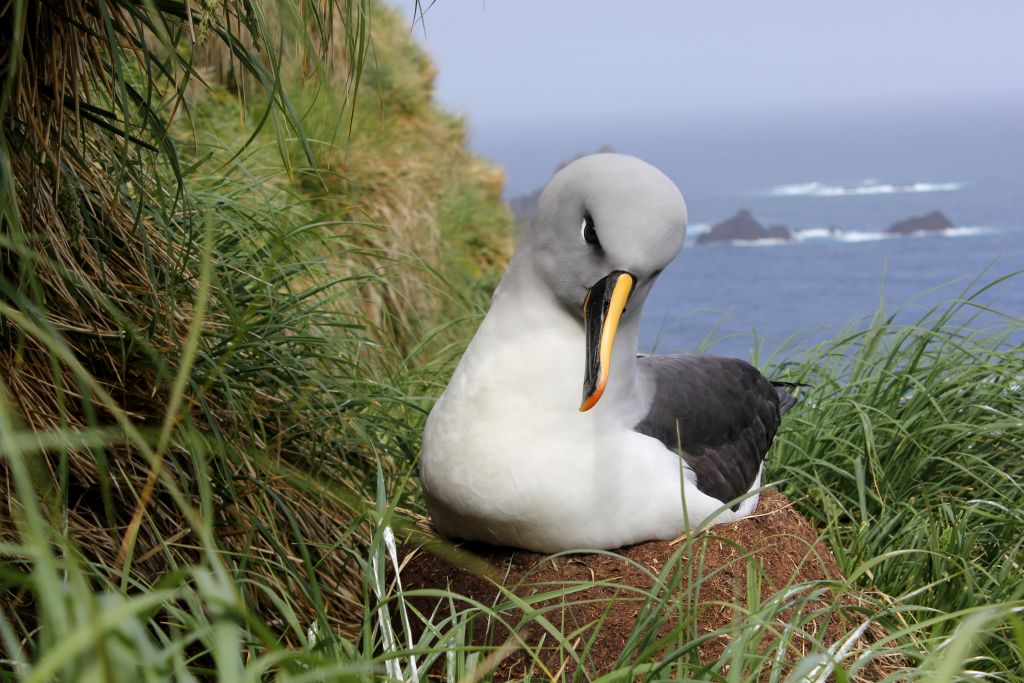The Scientific Committee on Antarctic Research (SCAR), the Council of Managers of National Antarctic Programs (COMNAP) and the Commission for the Conservation of Antarctic Marine Living Resources (CCAMLR) have been working together for many years to support talented early-career researchers, scientists, engineers, environmental managers, and other professionals to strengthen international capacity and cooperation in fields such as climate, biodiversity, conservation, humanities and astrophysics research by way of an annual funding opportunity.
For 2019, these Antarctic organisations are joined by the International Association of Antarctica Tour Operators (IAATO) and the World Meteorological Organization (WMO) who will each support additional Antarctic-related fellowships. The fellowships enable early-career persons to join a project team from another country, opening up new opportunities and often creating partnerships that last for many years and over many Antarctic field seasons. The deadline for the COMNAP and IAATO fellowship applications is 10 June 2019.
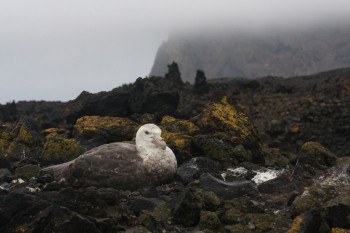
A Southern Giant Petrel breeding on Candlemas Island in the maritime Antarctic, photograph by Andy Black
SCAR will offer three to four fellowships for 2019 and WMO will also support a number of fellowships through the SCAR operated scheme. The details for the SCAR scheme will be similar to previous years but with additional opportunities for candidates from WMO countries. Full details will be available at launch, later in 2019.
The fellowships are announced in conjunction with the Scientific Scholarship Scheme of the Commission for the Conservation of Antarctic Marine Living Resources (CCAMLR). The CCAMLR Scholarship provides funding to assist early-career scientists to participate in the work of the CCAMLR Scientific Committee and its working groups over a period of two years. The objective of the scheme is to build capacity within the CCAMLR scientific community to help generate and sustain the scientific expertise needed to support the work of CCAMLR in the long-term. This year there are two calls for CCAMLR scholarship applications, the first with a deadline of 29 March 2019, and the second with a deadline of 1 October 2019.
Click on the organizations above for more information.
John Cooper, ACAP Information Officer, 25 March 2019

 English
English  Français
Français  Español
Español 